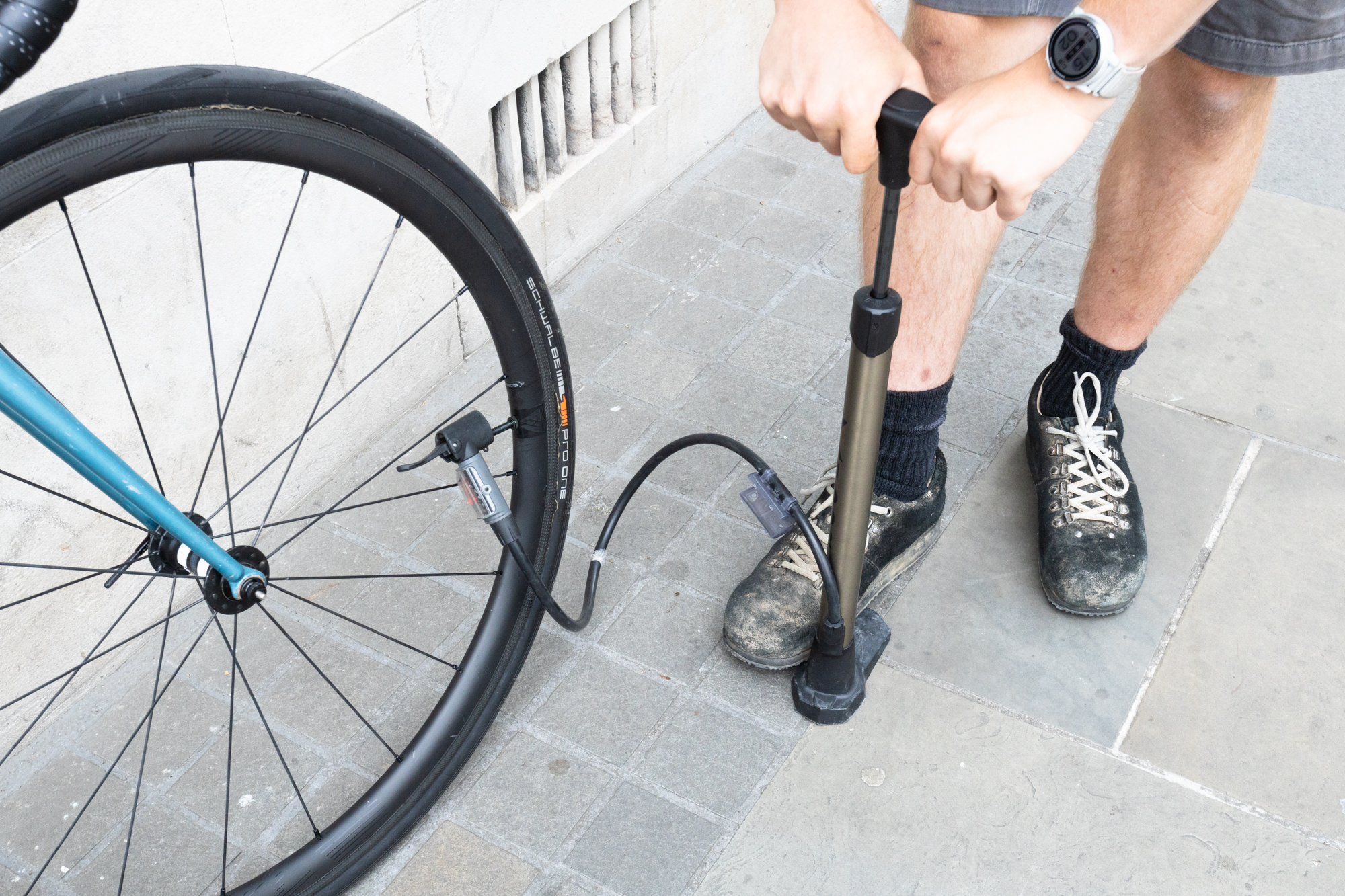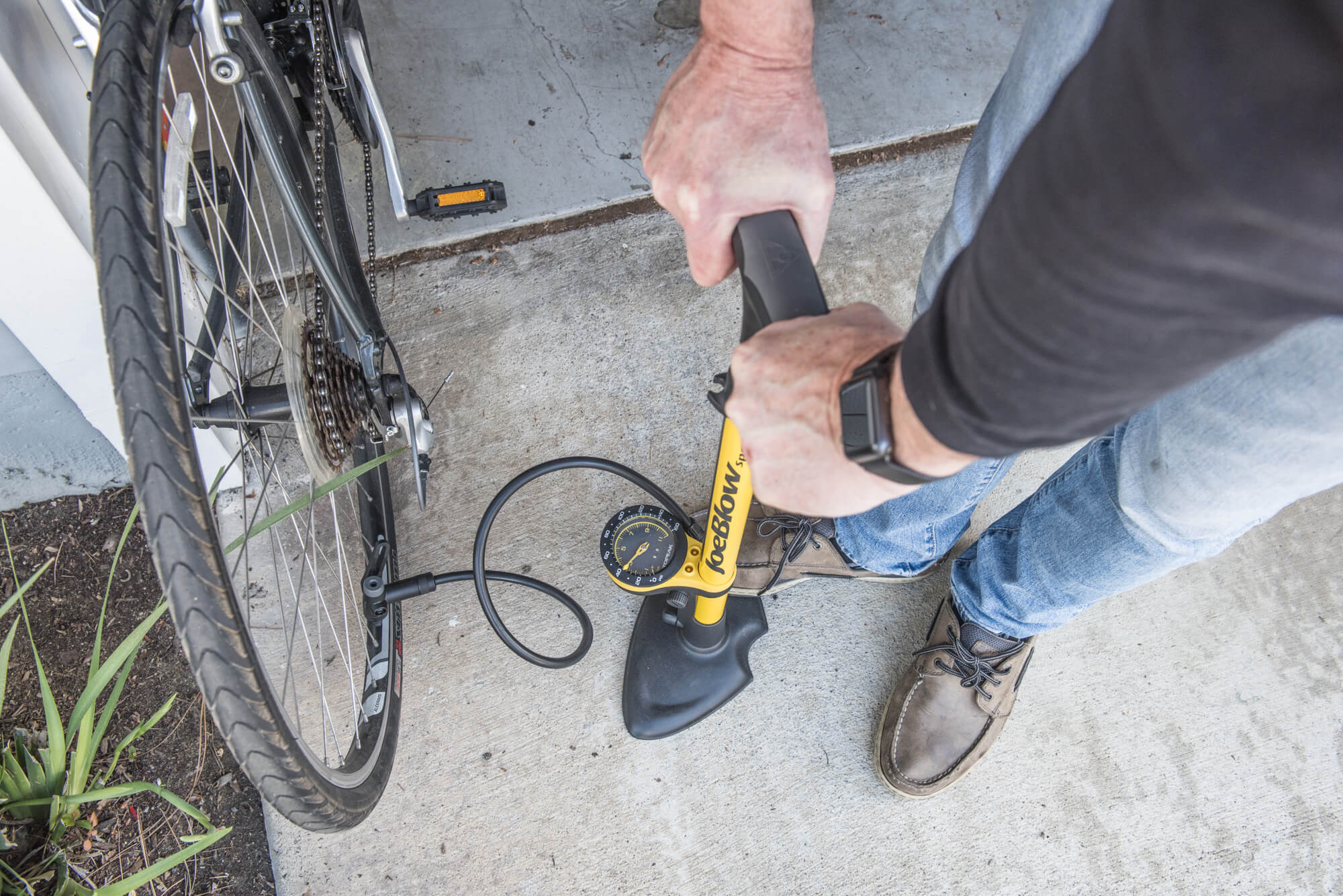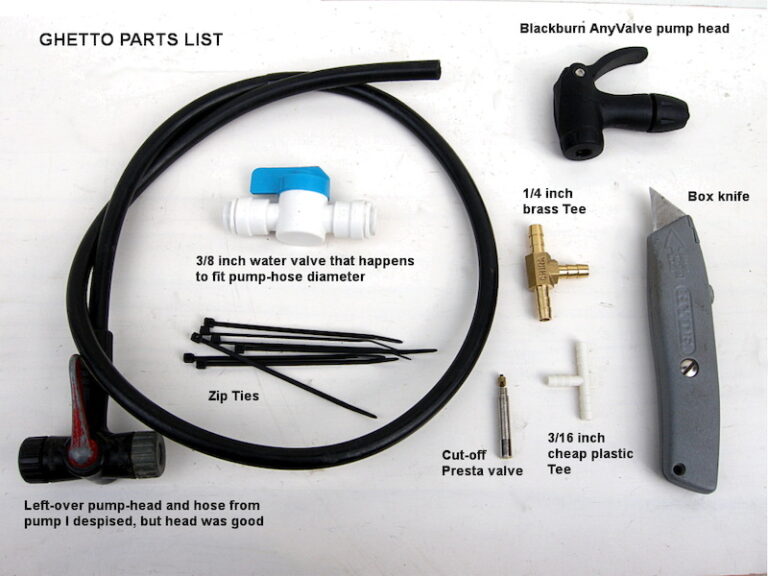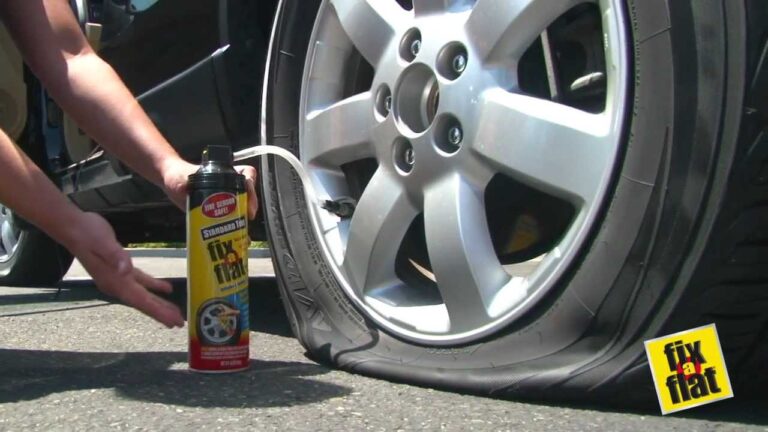How to Pump Tire Like a Pro: Quick & Easy Guide
Pumping a tire is an important skill. Whether it’s your bicycle or car, knowing how to inflate tires is useful. Properly inflated tires help with safety and efficiency. This guide will help you learn how to pump a tire step by step.
Why You Need to Pump Your Tire
There are several reasons to pump your tire:
- Improves safety on the road.
- Increases tire lifespan.
- Enhances fuel efficiency.
- Provides better handling and performance.
Tools You Will Need
Before you start, gather the following tools:
- A tire pump (manual or electric).
- A pressure gauge.
- A valve cap removal tool (optional).
- A clean cloth (for any dirt on the valve).
Understanding Tire Pressure
Tire pressure is measured in PSI (pounds per square inch). Each vehicle has a recommended PSI. You can find this information:
- On the driver’s side door jamb.
- In the owner’s manual.
- On the tire itself.

Steps to Pump a Tire
Step 1: Check The Tire Pressure
Before pumping, check the tire pressure. Use a pressure gauge for accuracy. Simply press it onto the valve stem. Read the number displayed on the gauge.
Step 2: Remove The Valve Cap
Unscrew the valve cap from the tire. Keep it in a safe place. You will need to put it back later.
Step 3: Attach The Pump
Now, attach the pump to the valve stem. Push it down firmly. Ensure it is secure and airtight.
Step 4: Start Pumping
If you are using a manual pump:
- Use the handle to pump air into the tire.
- Pump until you reach the correct PSI.
If you are using an electric pump:
- Turn it on and set the desired PSI.
- Let the pump inflate the tire automatically.
Step 5: Check The Pressure Again
Once you finish pumping, check the tire pressure again. Use the pressure gauge as before. Make sure it matches the recommended PSI.
Step 6: Remove The Pump
Carefully detach the pump from the valve. If any air escapes, it’s okay. Just ensure a tight fit.
Step 7: Replace The Valve Cap
Finally, screw the valve cap back on. This keeps dirt and moisture out. It also helps maintain tire pressure.
Tips for Maintaining Tire Pressure
Here are some tips to keep your tires in good shape:
- Check tire pressure monthly.
- Inspect for signs of wear or damage.
- Rotate tires every 5,000 to 7,500 miles.
- Replace tires when the tread is worn down.

Common Mistakes When Pumping Tires
Avoid these common mistakes:
- Pumping too much air. This can cause a blowout.
- Not checking the pressure after pumping.
- Forgetting to replace the valve cap.
Frequently Asked Questions
How Do I Know If My Tire Needs Air?
Check for low pressure warning lights or inspect the tire’s visual appearance. A flat or sagging tire indicates low air.
What Tools Do I Need To Pump A Tire?
A tire pump and a pressure gauge are essential. Portable air compressors can also be very helpful.
How Do I Use A Manual Tire Pump?
Attach the pump nozzle to the valve, then pump the handle until the desired pressure is reached.
Can I Pump A Tire Without A Gauge?
Yes, but it’s risky. Always aim for the recommended pressure for safety and performance.
Conclusion
Pumping a tire is a simple task. With the right tools and steps, anyone can do it. Remember to check your tire pressure regularly. This will help keep you safe on the road.
Frequently Asked Questions (FAQs)
1. How Often Should I Check My Tire Pressure?
It’s best to check your tire pressure once a month.
2. What Should I Do If My Tire Is Flat?
If your tire is flat, consider using a spare tire. Alternatively, you can call for roadside assistance.
3. Can I Overinflate My Tire?
Yes, overinflating can damage your tire. Always follow the recommended PSI.
4. How Do I Know If My Tire Needs Air?
If your vehicle feels bumpy or you see visible damage, it may need air.
5. Is It Okay To Pump Tires In Cold Weather?
Yes, but keep in mind that cold weather can lower tire pressure.
Final Thoughts
Now you know how to pump a tire effectively. This skill is important for any vehicle owner. Keep your tires properly inflated for safety and efficiency. Happy driving!



